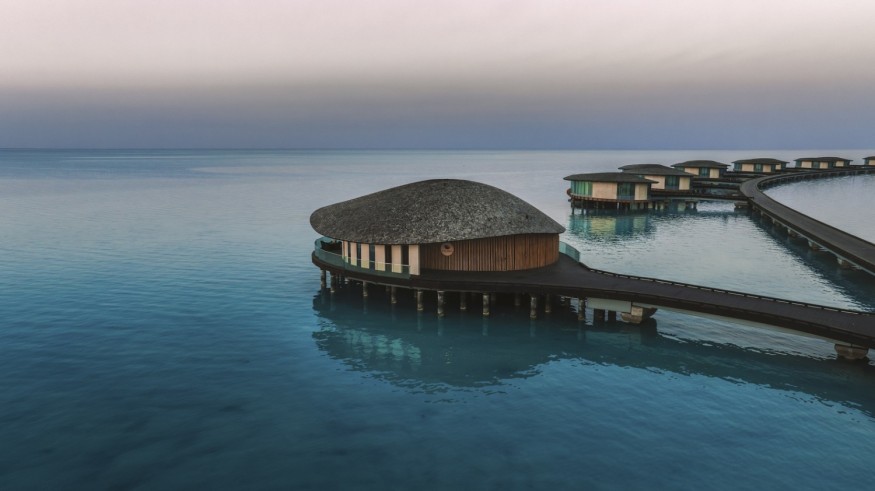Kengo Kuma & Associates’ Ummahat 9–3 Project in the Red Sea Redefines Architectural Synergy With Nature

Kengo Kuma & Associates have once again showcased their prowess in architectural innovation with the unveiling of their latest project, the Ummahat 9-3 Hotel, Café, and Restaurant, nestled on the picturesque Ummahat AlShaykh island in the Red Sea. This architectural marvel is a testament to the firm's commitment to harmonizing with the environment while pushing the boundaries of design excellence.
The design philosophy behind the Ummahat 9-3 project was deeply rooted in the site's unique characteristics, aiming for seamless integration with the surrounding landscape. Despite the challenges posed by the delicate environment, the architects embraced a site-specific approach that guided them in crafting low, horizontally oriented Land Villas with gently curved roofs. These roofs, reminiscent of the natural dunes, ensure guest privacy and harmonize with the island's topography, minimizing sand infill and preserving its natural shape.
Moreover, the arrangement of buildings on the land follows the natural profile and geometry of the shoreline, incorporating curved organic shapes to blend harmoniously with the desert landscape. Drawing inspiration from the rich coral life within the island's oceans, the design for the offshore sea villas features a spiral volume emerging gracefully from the sea, offering guests unobstructed views of the ocean landscape.

Sustainable Material Selection and Construction Techniques
The firm's emphasis on sustainable material selection and construction techniques is a notable aspect of the project. To minimize the use of concrete, the architects employed prefabrication systems, primarily incorporating wood and clay plaster into the structures. Spruce wood, which was selected to resist a very high moisture content environment, matches clay plaster, and its drawing of sand dunes and natural erosion creates a stronger bond with nature and reinforces the resilience of the building.
In addition, the villas' roofs consist of natural cedar wood shingles, which are naturally attractive and can handle the worst types of weather. These actions aim to select the best materials that will offer beauty to the project and durability in the long run.

Aesthetic Appeal and Long-Term Sustainability
In conjunction with the architectural design strategy of the Ummahat 9-3 Hotel, Café, and Restaurant, the design and construction style of the structure focuses on the importance of architectural integration with the environment, on the shallowness of the construction, its sustainability, or the durability of the structure. As I have established from the analysis of this project, Kuma and his team at Kengo Kuma & Associates have developed a unique site-specific architecture that integrates sustainable materials and construction methods that enable the design to affirm and encase natural aesthetics and structure.

In this two-part project by OODA, guests are offered an extraordinary and innovative experience through the aesthetics of the architectural details, the interior design and furniture, the restaurant and cafe, and the general form and function of the hotel. The main strategy of the Ummahat 9-3 project, which the OMV-architecture bureau implemented, presents architecture as a system that is mutually intertwined with nature; guests can feel the atmosphere of an enchanting island built in the Red Sea and receive a wide range of impressions.
From Digital Models to 3D-Printed Homes: Jaspreet Kaur Lall Explains How the Innovation Changes the Construction Industry

Future Belongs to Green Construction: Sampath Kumar Paspunoori Explains One of the Key Trends in the Construction Industry

Kamala Harris' Campaign Ad Uses Iconic Visuals from Carrie Mae Weems to Connect with Voters

Historic Ancient Roman Ruins in Baalbek Remain Strong After Israeli Air Strikes; Locals Seek Cultural Protection

4 Ways to Honor Departed Loved Ones in Your Home Design














